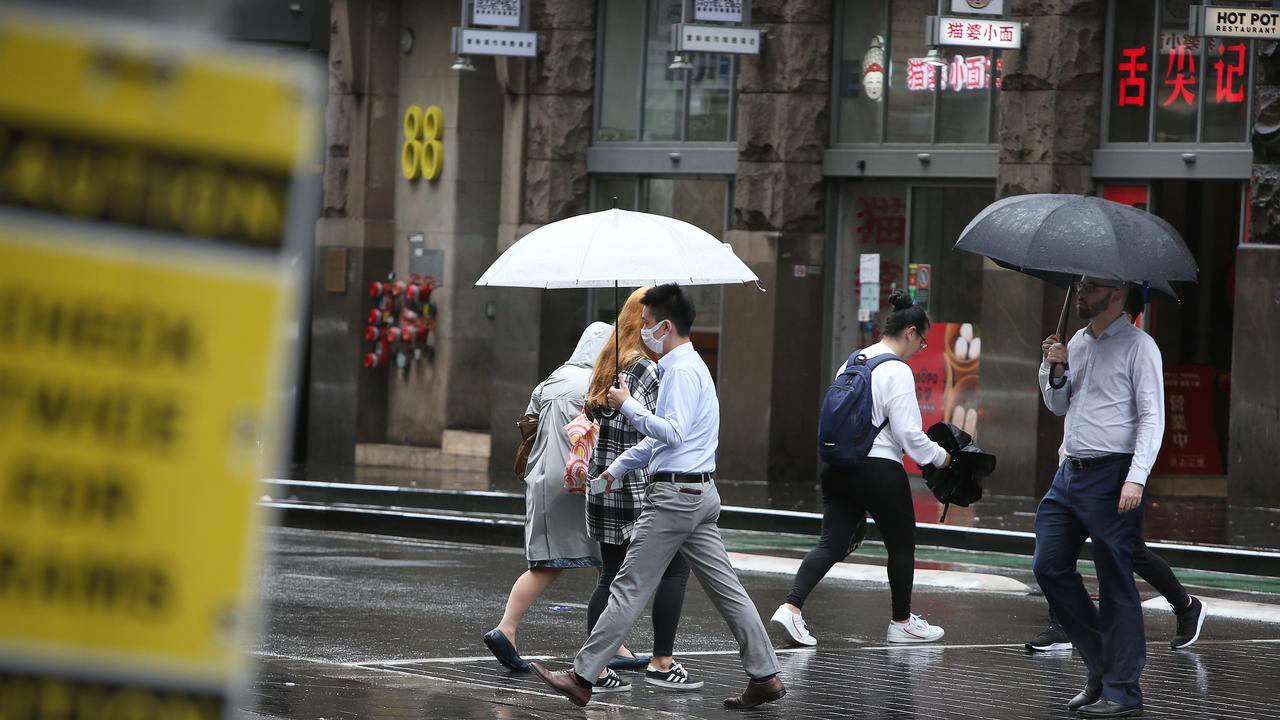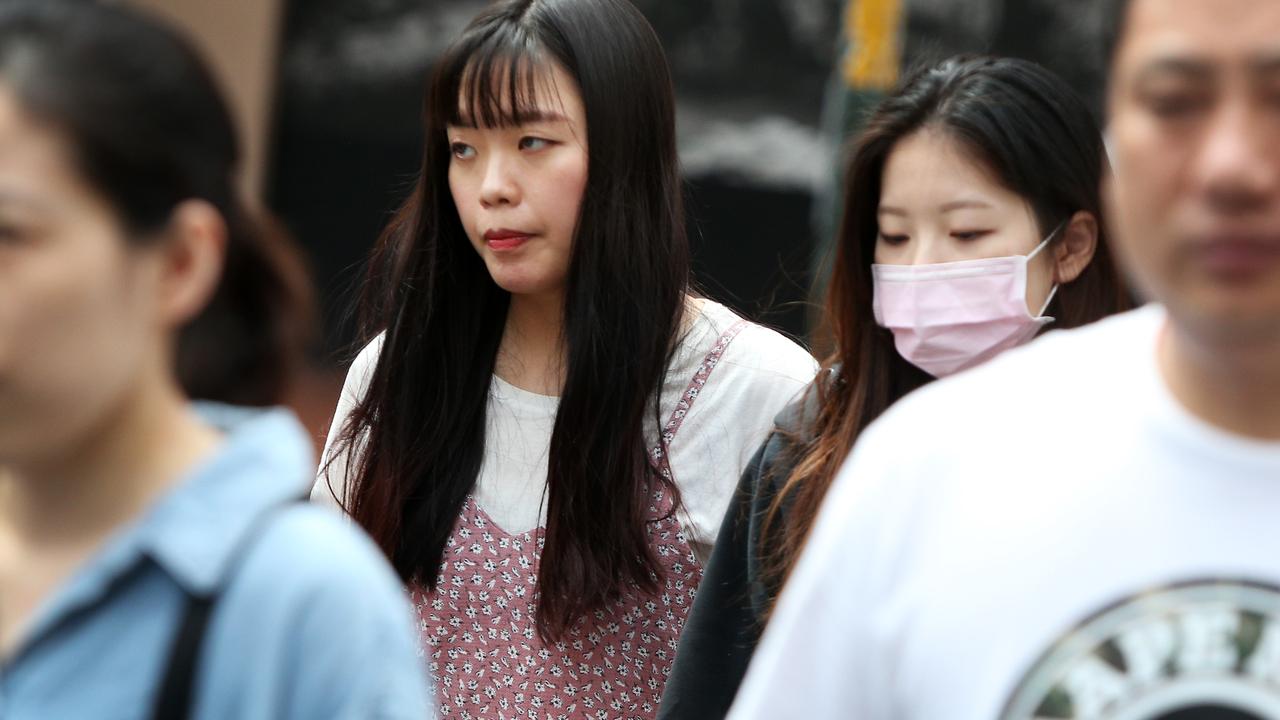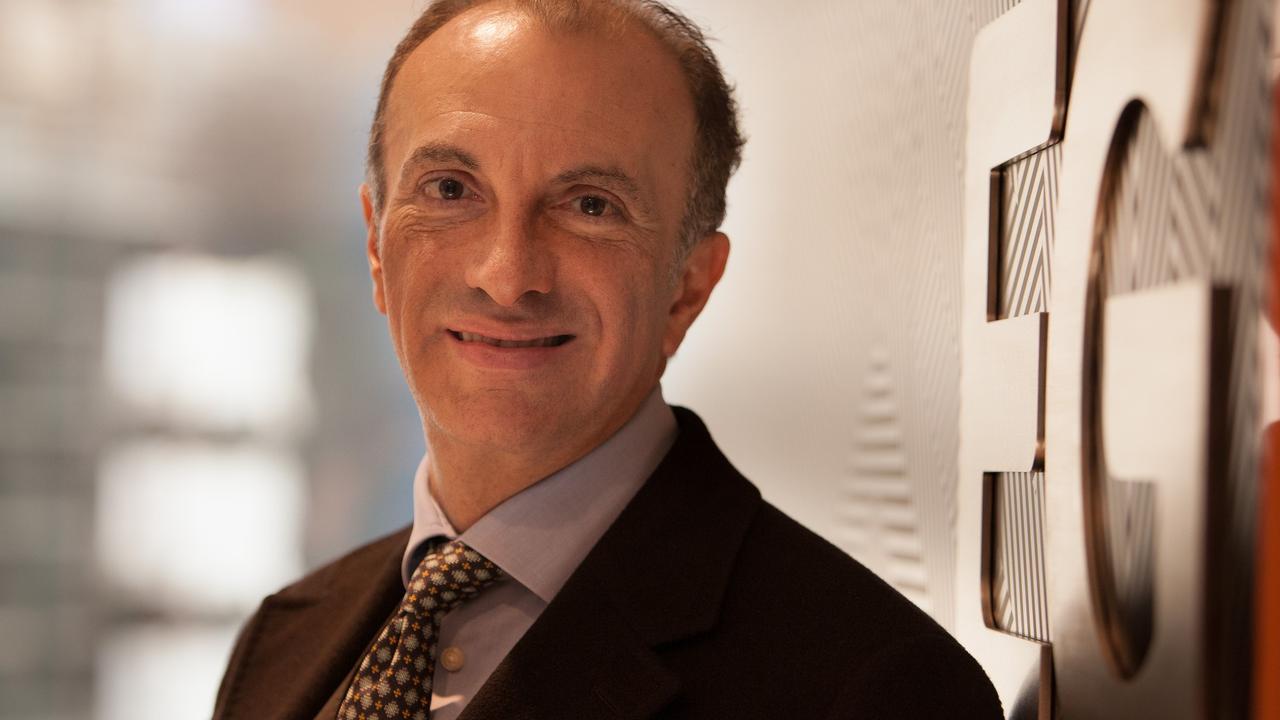Australia needs immigration ‘more now than ever before’ to offset coronavirus impact, expert says
An urban planning expert has called for more migrants, not less, as “hysteria” over coronavirus fuels anti-immigration sentiment.

An urban planning expert has called for more migrants, not less, in the face of “hysteria” over coronavirus that he warns could be hijacked by populists to “stoke immigration fears”.
Dr Shane Geha, managing director of EG Urban Planning, worries the government’s current travel restrictions on visitors coming from China, South Korea and Iran could fuel broader anti-immigration sentiment.
“This hysteria is a little bit over the top, if not really over the top,” he told news.com.au. “That’s not to say we shouldn’t be careful with pandemics — public health is very important — but if you over-size a problem it’s as bad as under-sizing a problem.”
He said there were growing signs of xenophobia, including people choosing to avoid areas with large Asian populations.
“That is so ridiculous — statistically it’s highly improbable (you will be infected),” he said.
RELATED: Follow coronavirus updates
In an opinion piece for news.com.au earlier this week, Race Discrimination Commissioner Chin Tan said it was “disappointing” that Australia was one of the “chief culprits” of racism directed at Chinese people due to the coronavirus outbreak and called out the “growing threat from violent right-wing extremism”.
Dr Geha has previously advocated for a massive increase in Australia’s immigration intake to scale its cities and replace an ageing taxpayer demographic, even in the face of growing public debate fuelled by the likes of entrepreneur Dick Smith.
As of June 2019, Australia’s population stood at 25.36 million, with net overseas migration in the year of 238,300. Immigration sceptics have called for a return to more “sustainable” pre-Howard era numbers of 70,000 a year.
Dr Geha says as fears of a recession grow, Australia needs migrants “more now than ever before” to boost economic output and stem the damage to the hard-hit education, tourism and agriculture industries.
“We’ve got a precarious economy that needs itinerant workers, needs students and tourists,” he said. “(These industries) are entirely reliant on migrant populations for work. They need these temporary workers, people who are ready to clean beds, pick cotton, pick fruit. There’s going to be a huge shortage of these people. They’re essential to our GDP.”

As of Sunday morning Australia had 74 confirmed cases of the virus.
Three people have now died — a 78-year-old West Australian man who had been evacuated from the Diamond Princess cruise ship, a 95-year-old woman and an 82-year-old man, reportedly from the same NSW nursing home.
Globally there are now more than 106,000 cases and nearly 3600 confirmed deaths, a fatality rate of around 3.4 per cent. The seasonal flu, by comparison, has a fatality rate of around 0.1 per cent.
Dr Geha argues the mortality rate of COVID-19 does not justify the extreme reaction, and that “you are more likely to win the lottery than die from coronavirus if you are under 50 years of age”.
“I’m the last person that would want to endanger people’s lives, but we’ve also got an economy to manage and we’ve got to do that delicately while we manage public health,” he said.
“The worst thing that can happen here is of course death, but if you look at the incidents of death and the type of people who are passing away — this is (like) an awful flu. If I was to get it, I’m fairly fit and healthy, I’d probably sit in bed for two weeks then I’m more or less immune. Now, if I’m 91 and frail and I’ve got problems, I might have the tragedy of passing away.”
But Dr Geha says in order to pay for healthcare for that ageing demographic, more migrants are needed to replace the tax revenue “generated by the working majority aged between 20 and 60”.
The only option other than “importing them” is “breeding them”, he argues, and Australian households are only having 1.9 children on average, “not even replacing mum and dad”. “We have to import people, it’s our destiny,” he said. “The only other options are to increase taxes, go into austerity, reduce services.”
Common arguments from anti-immigration commentators about increased congestion, lower standard of living, diminished access to services and lower per-capita GDP are “also unfounded, they’re nonsense points”, Dr Geha added.
“To have functional, world-class cities you need to be somewhere between eight and 10 million at least,” he said. Sydney’s population is currently around 5.23 million.
“The densities of some of the most beautiful cities in the world are multiples of Sydney. Sydney is 417 people per square kilometre. London is five times the density, Paris is four times, Tokyo is 10 or 11 times.”

Bigger, denser cities have more effective public transportation, the scale needed for “24/7 services” and also have safer streets, he argues, because density means there are “eyes and ears” everywhere.
It comes as the government prepares to announce a stimulus package to offset the impact of the virus, which has already been blamed for some businesses going under as insolvency experts predict a wave of collapses over the coming month.
Australia’s gross domestic product rose by 0.5 per cent in the December quarter, slightly beating expectations, but economists warn the outlook is grim even despite the Reserve Bank slashing interest rates to a new record low this week.
“We expect that Australian March quarter GDP growth will be negative because of the hit to economy from the bushfires and coronavirus,” AMP Capital chief economist Dr Shane Oliver said in a note this week.
“It is not our base case, but the risk of a recession has increased given the rising threat posed by coronavirus. If the coronavirus outbreak is not contained soon then June quarter growth could be negative as well, which would mark the first recession since the early 1990s recession ended in mid-1991.”
Dr Oliver added that if government stimulus “does not prove to be enough, or come early enough”, he expected the RBA to start an asset purchase program — quantitative easing — to boost liquidity in the economy.
Speaking to reporters in Canberra on Monday, Prime Minister Scott Morrison said the government was working carefully to get the stimulus package right, putting it together “swiftly” but not with “undue haste”.
“We have been careful to get this right, to make sure it is targeted, to make sure it is measured, proportionate, and importantly that it is scalable,” Mr Morrison told reporters in Canberra on Friday.
The government is keeping the make-up of its stimulus package close to its chest, including the exact time of its announcement, although Finance Minister Mathias Cormann says it will be “well before” the May budget. The package is expected to be a multi-billion dollar affair aimed at keeping business doors open and people employed.
Earlier on Friday, the government announced a 50-50 deal had been struck with the states and territories for a $1 billion fighting fund to cover the health costs of the coronavirus.
— with AAP




